Basic Information
Observation Details
Observation Date:
December 13, 2020Submitted:
December 13, 2020Observer:
TAC - Andy BondZone or Region:
Taos AreaLocation:
High Hazard Avalanche CycleSigns of Unstable Snow
Recent Avalanches?
YesCracking?
WidespreadCollapsing?
WidespreadSnow Stability
Stability Rating:
Very PoorConfidence in Rating:
HighStability Trend:
ImprovingBottom Line
Widespread natural avalanche cycle early on last night. Lot's of slopes avalanched naturally during this event. Slopes that are still hanging in there remain suspect. It's going to take time for the various weak layers to adjust to this added load.
Media
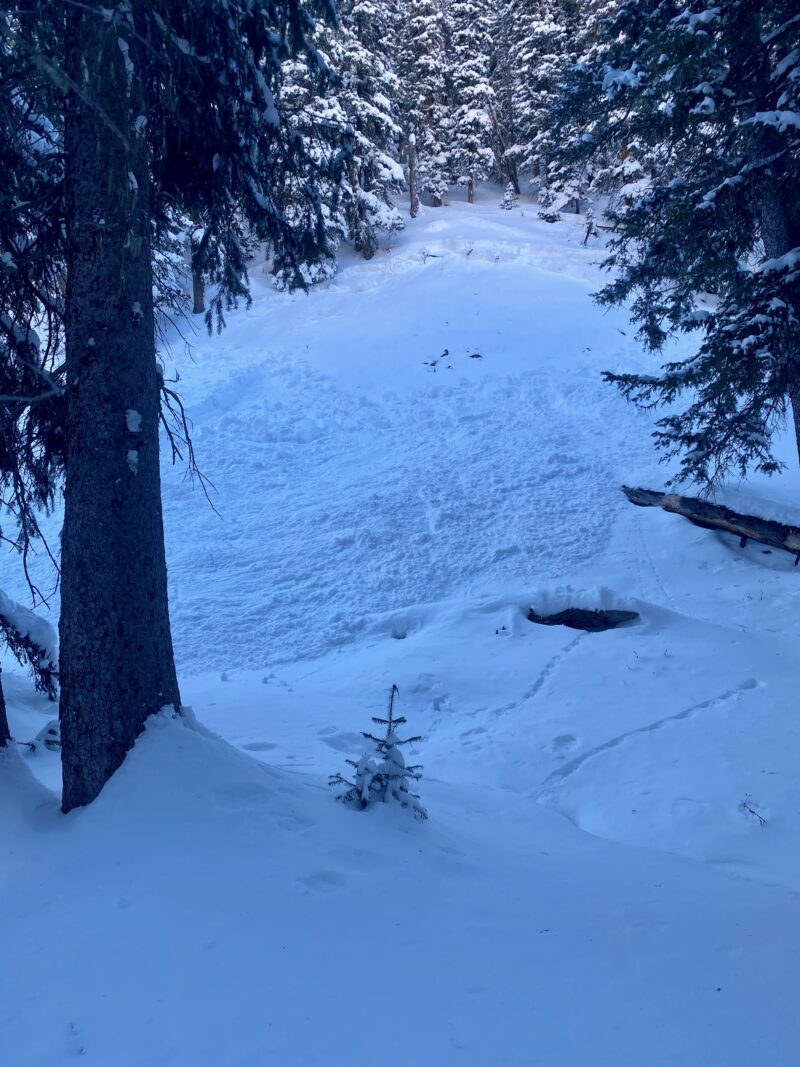
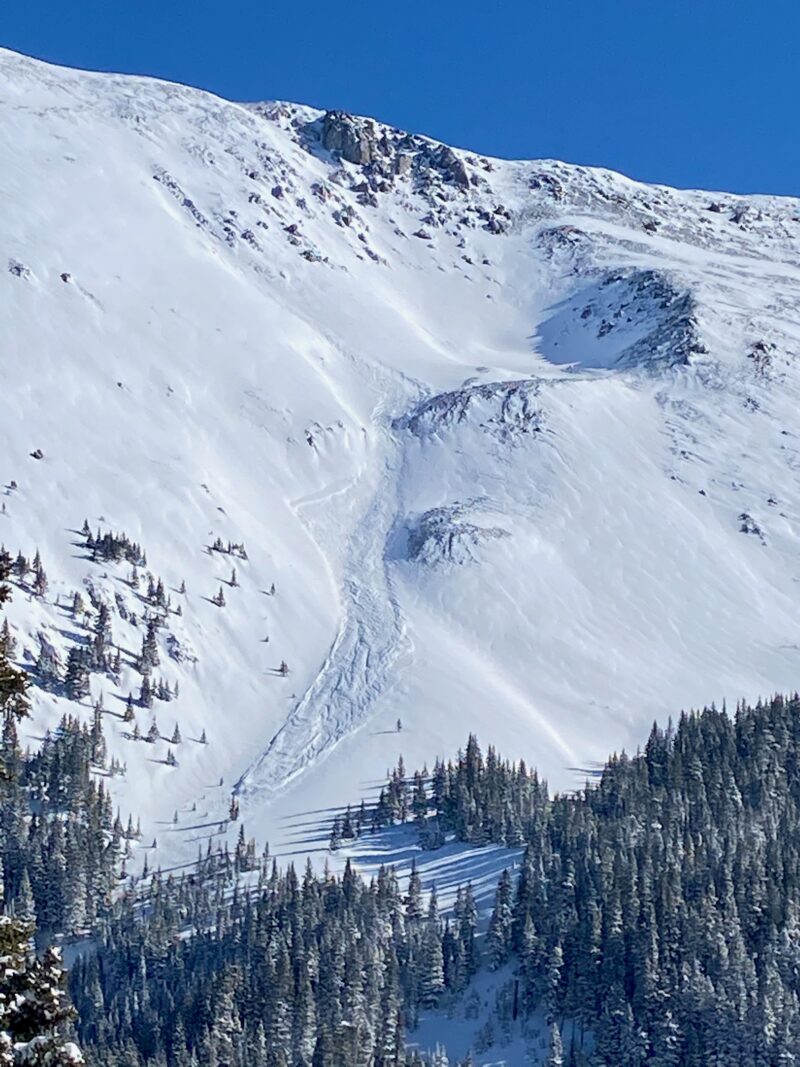
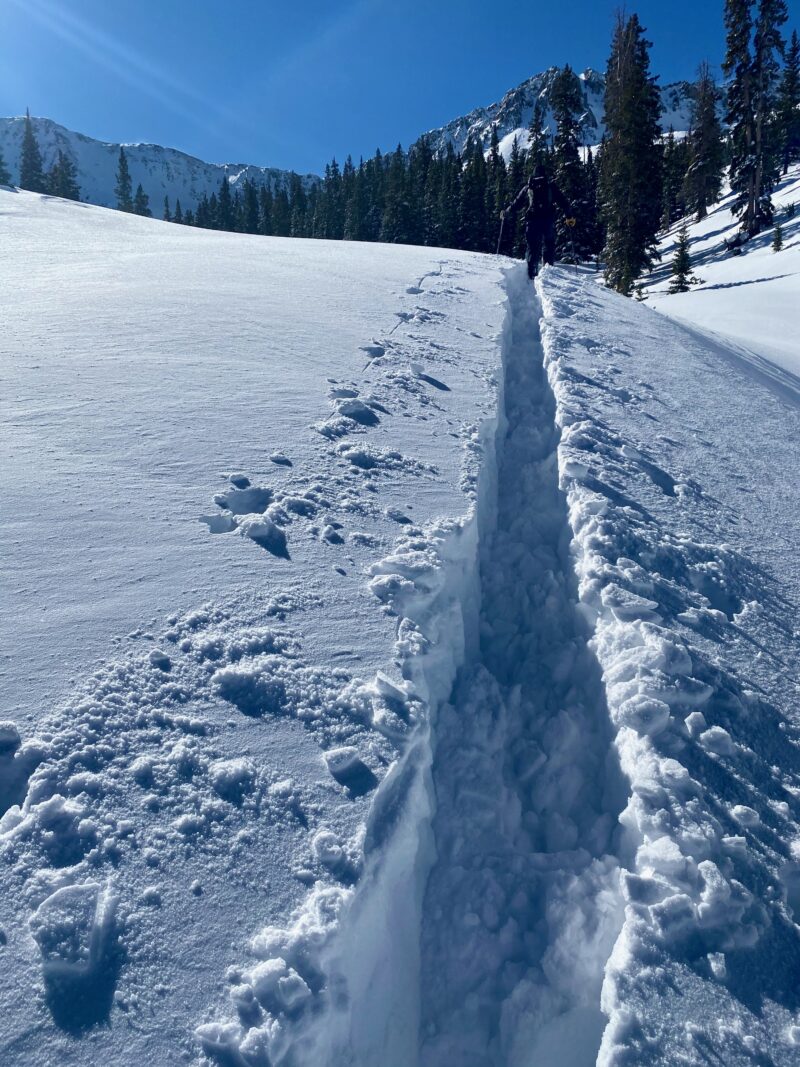
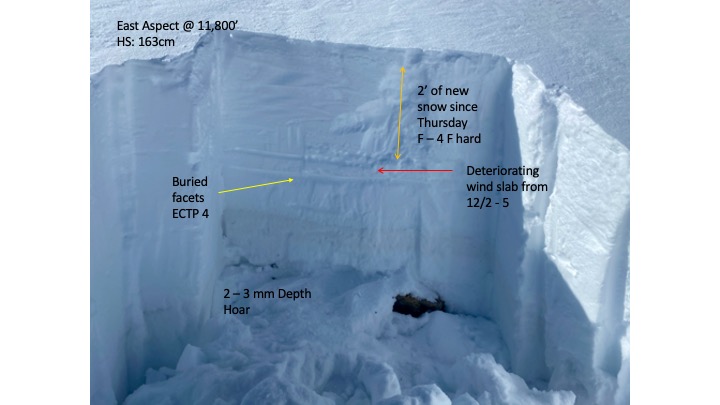
Advanced Information
Weather Summary
Cloud Cover:
ClearTemperature:
5 - 15Wind:
Light , NWSunny day with cold temperatures. Light winds were not drifting snow, but there is still a lot of snow available for transport
Avalanche Observations
Natural avalanche cycle that occurred sometime overnight during peak instability, probably when precip rates were 2 + inches an hour. Crowns and debris had been blown in with new snow and were hard to decipher where things ran. Natural avalanches occurred at all elevations. Most North and East slopes above treeline ran naturally during this event. Several West aspects also ran. Below and near treeline we had several avalanches that ran naturally on all aspects but true South.
Snowpack Observations
Weak old snow seems to be the culprit for a widespread natural and skier triggered avalanche cycle. Many slopes ran naturally during this event with size 1 to 2 avalanches. With the new load over the last 72 hours we were getting easy to moderate scores in extended column tests on various weak layers. Slopes that did not run naturally continue to remain suspect and may just need the added weight of skier or rider.
It's going to take time for the various weak layers to adjust to this added load.
Avalanche Problems
| Problem | Location | Distribution | Sensitivity | Size | Comments |
|---|---|---|---|---|---|
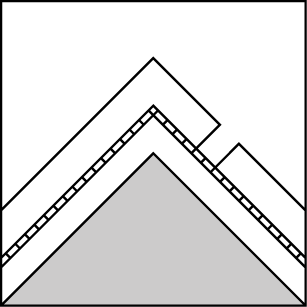 Persistent Slab
Persistent Slab
|
|
Weak faceted old snow seems to be the weak layer that many of these avalanches ran on. These persistent weak layers didn't stand a chance to the significant loading over the last 72 hours. | |||
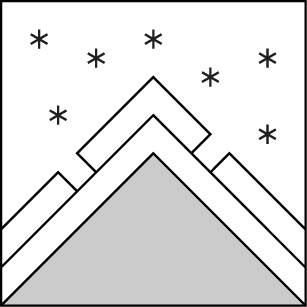 Storm Slab
Storm Slab
|
|
Storm slabs seem to be less reactive than they were during peak instability. It's hard to tell what ran in storm slabs or at the interface of new/old snow and what stepped down or ran in old weak faceted snow. Instabilities wihtin storm slabs should ease over the next day or two but we did receive reports of skier triggered avalanches in storm slabs from avalanche mitigation crews today. Below treeline avalanches are failing on very shallow weak faceted snowpack that is basically just the storm slab. |
